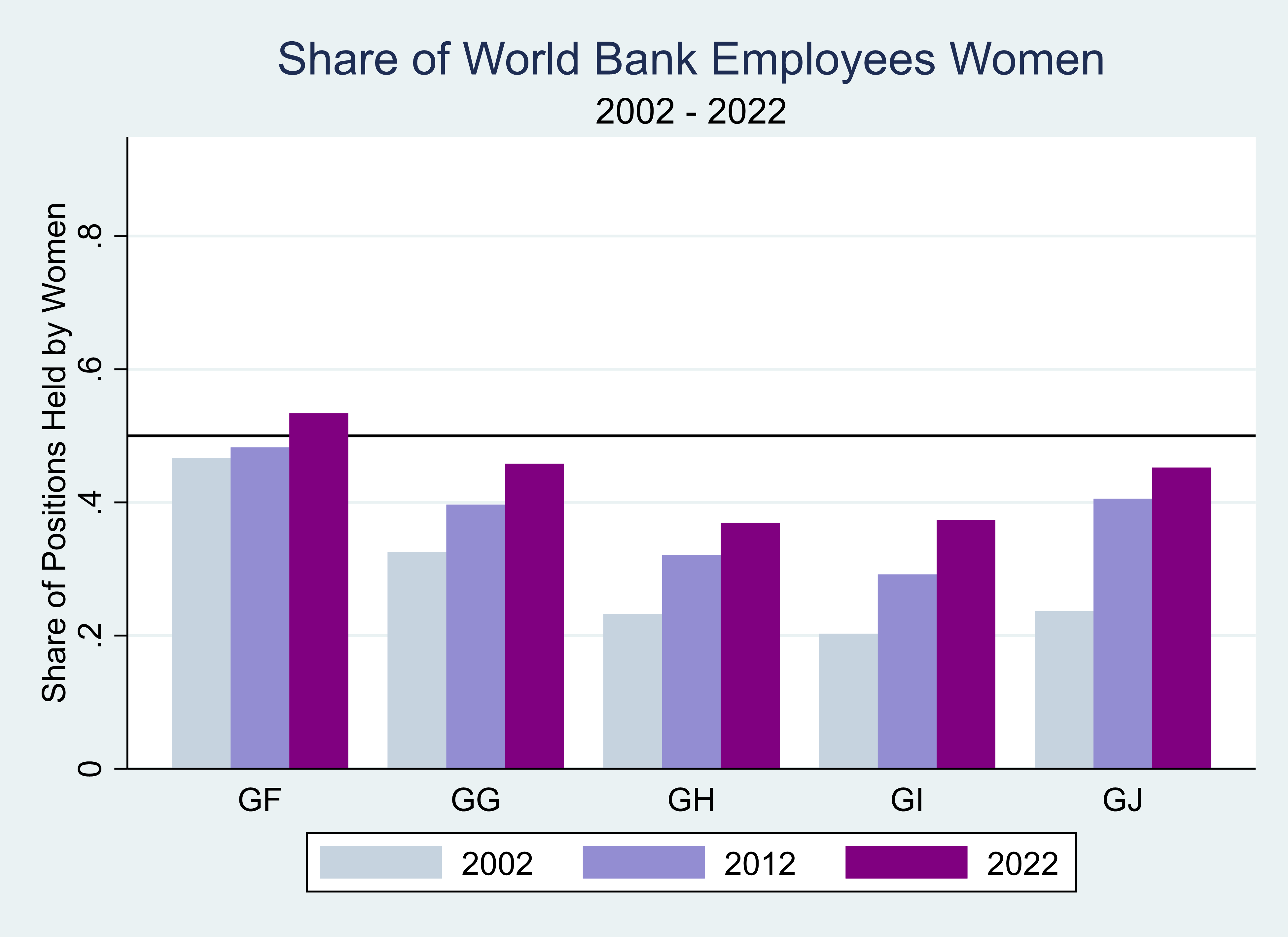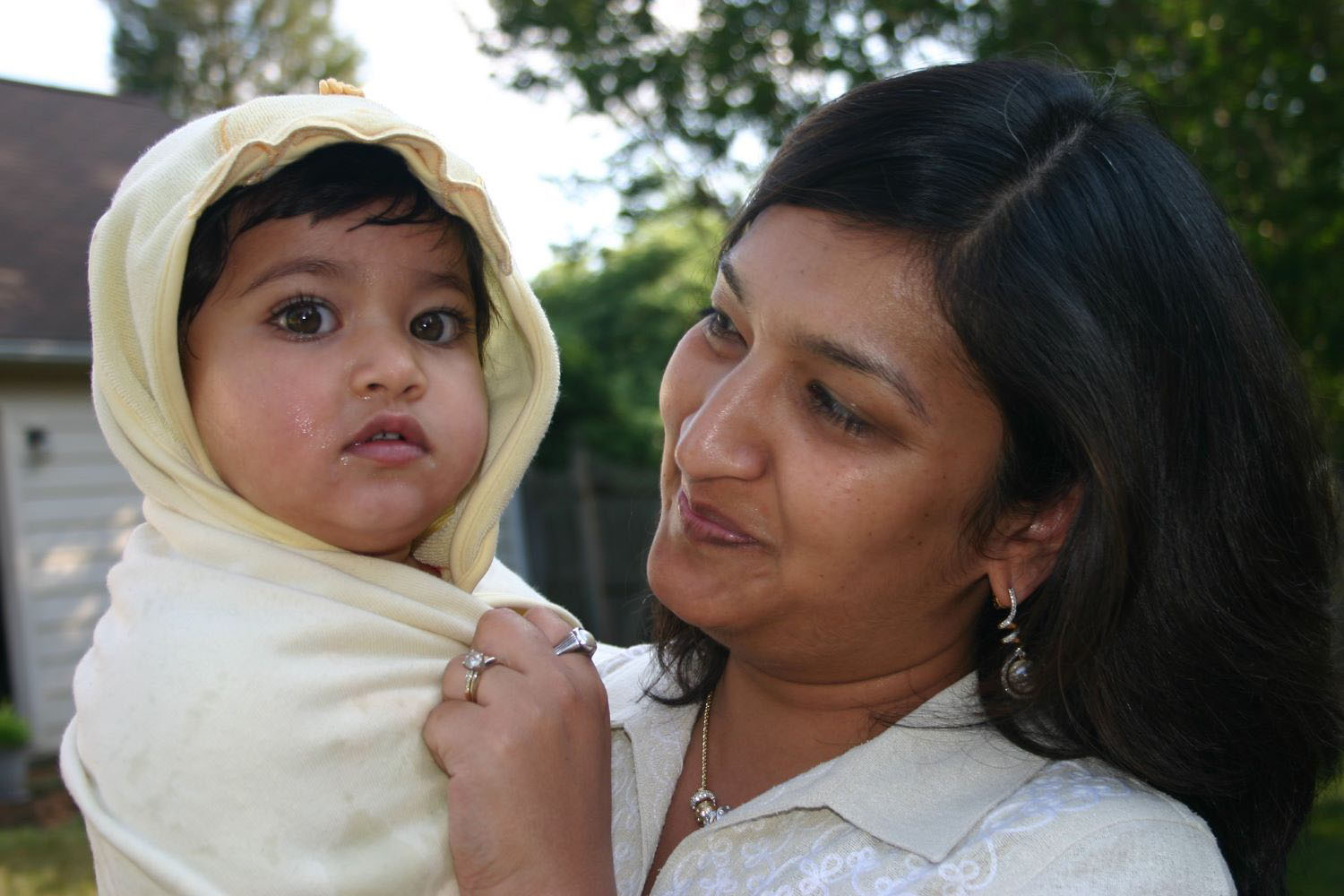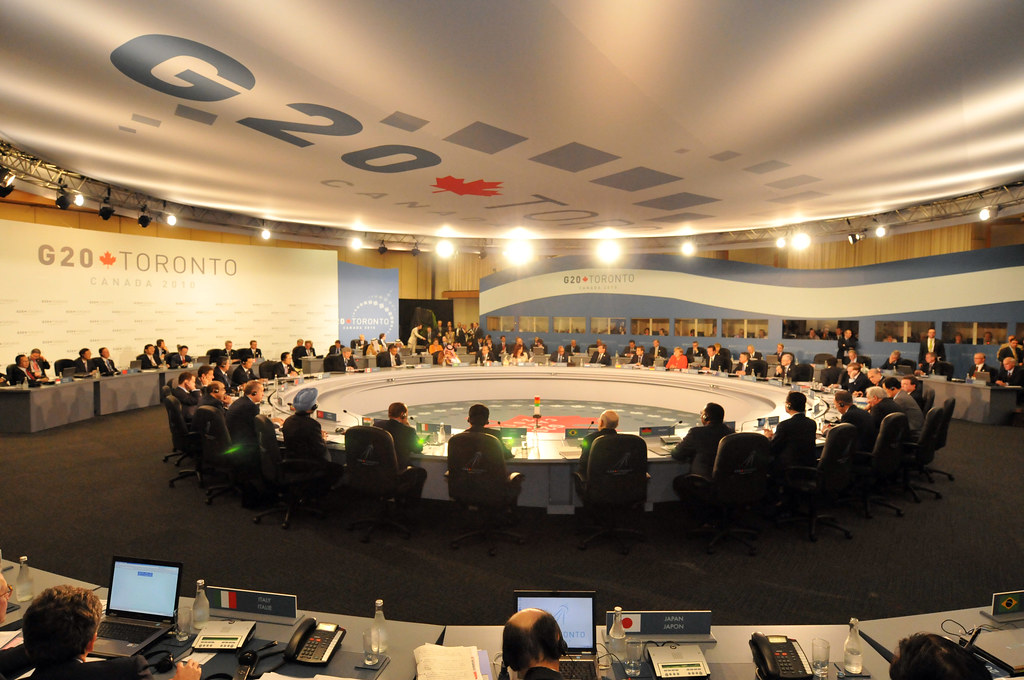Recommended

Blog Post
Last year, I went zip lining. It invigorated my sense of how to approach the elusive pursuit of empowerment. Imagine climbing six stories to the top of a platform 65 feet up in the air, connecting yourself to a cable, and then jumping off to go zipping through treetops at a speed of 35 miles per hour (faster than the driving speed limit in many residential neighborhoods). That might sound terrifying! But, for many people, zip lining is an empowering adventure. Conquering a fear of heights cultivates confidence in one’s ability to overcome other life challenges. This is not by accident. Reputable zip lining companies invest in multiple measures to create a safe and emboldening experience. Zip lining has several insights to offer programs and policies designed to support women’s economic empowerment (WEE).
Many well-intentioned WEE interventions end up being dangerous and disempowering. They essentially invite women to take a perilous leap with inadequate support and ask them to trust that they’ll land somewhere safely at the end of it. What’s the difference between risky recklessness and consciously creating a galvanizing experience that inspires a sense of agency and readiness to venture boldly into the world? Here’s a zip lining guide to delivering empowering WEE interventions:
1. Adopt rigorous safety measures
Before I went zip lining, I strapped on a helmet to protect my head and pulled on a harness to attach myself to the zip line cables and safety lines. I received advice on what clothes and shoes to wear, along with a reminder to tie back long hair and empty my pockets to minimize the chances of injury. Responsible operators regularly inspect all equipment to ensure it’s damage-free, securely positioned, and correctly used. Zip line tours typically rely on a double-locked belay system so that climbers are always safely connected to a cable and never at risk of a free-fall.
When it comes to WEE, what’s the equivalent of providing a helmet and using a harness with the leading safety technology? Begin with evidence-based intervention design, by making sure to incorporate rigorously evaluated and well-established program features that have demonstrated positive impacts on women’s wellbeing, to minimize the possibility of harm to program participants. Add in systematic monitoring and evaluation with regular data collection to provide a check on operations and identify any poorly functioning program delivery elements or other potential hazards. Recognize that taking flight at lofty heights is inherently risky. Transforming women’s economic realities and livelihoods must be done with great care.
2. Adapt and contextualize
Each zip line course is situated in a unique environment. Elevation, topography, and tree cover vary across habitats. A course design that works in one place might not work as well in another. Zip lines rely on gravity to propel people from one platform to the next, so the cable layout needs to maintain a downward slope along the course. The cable sequencing and platform positioning, which determine the length and speed of each ride, must be carefully considered to tailor a course to its distinct landscape. Some zip line companies offer guided tours, with guides sharing information about local flora, history, and culture, demonstrating deep knowledge about the surrounding environment.
The same thoughtful adaptation is crucial for WEE. It’s imperative to consider the distinguishing features of each context. Even if you’re starting with a gold-standard intervention in mind, a generic design cannot be optimal without taking account of the unique setting. A childcare model that might work in one place might not work in another. What alternative childcare options are available? What are the main employment opportunities for mothers? How do home and work locations relate? What are the cost structures and financing options available? All these factors should inform the design of an intervention. This localization and adaptation are necessary to customize a program or policy to the specific terrain, instead of importing an inappropriate design from a foreign context.
3. Facilitate guided independence
Most zip lining tours are set up so that climbers independently navigate their way along the course. I received an orientation and safety briefing in which I learned how to be responsible for my own safety, how to securely clip myself to cables, what to look out for before jumping, and how to get help from staff if necessary. Once I had acquired the skills to successfully navigate the zip lines, I set off on my adventure. I decided when I was ready to jump off a platform, with no one pushing or pulling me along the way. I controlled my own speed, curling up in a ball for a faster ride or stretching out my legs for a slower one, and pressing my gloved hand on a cable to brake. The course had a rappel system so I could descend from a platform with a staff member’s support if I had an emergency or decided that I didn’t want to continue zip lining at any point, for any reason. There were friendly guides available to provide encouragement and additional instruction.
WEE interventions often err toward providing too much or too little independence. At one extreme, they might set women off on an ambitious pursuit without equipping them with adequate foundational skills and supportive resources to ensure their success. At the other extreme, they might take a restrictive top-down approach that deprives women of the agency to navigate their own experience. Striking the balance between reckless abandon and authoritarian paternalism can be tricky. However, it is crucial. A guiding principle is to strive to facilitate women’s achievement of their personal aspirations and to believe they know what’s in their best interests. As a quick check, ask yourself some indicative questions: Is the intervention transferring skills to participants, strengthening their abilities, and establishing competent independence? Or is it seizing women’s power to act on their own behalf?
4. Enroll with intention
Zip lining is not for everybody. There are age restrictions (to ensure climbers are mature enough to navigate the system) and weight restrictions (to ensure climbers don’t move too quickly or slowly down the zip lines). People with certain health conditions are advised not to zip line. Before embarking on my adventure, I received a risk disclosure, which exhaustively articulated the potential dangers involved, despite all the safety measures. Adventure companies often offer an array of empowering experiences to provide alternative options for people not inclined to zip line, such as ax-throwing or wilderness survival training.
WEE interventions sometimes invite participation from all women, without clearly communicating which specific populations are most likely to benefit, what factors should preclude participation, and what the likely risks might be. This is misleading and potentially harmful. Not everyone is destined to become a successful entrepreneur, not every businesswoman needs a loan, and not every mother would benefit from placing her child in a childcare center. It’s incumbent upon policymakers and practitioners to provide transparent and accessible information on key risks, even while making the greatest possible effort to mitigate harm.
Picture yourself
None of these four measures is easy to undertake, but they are each necessary. Next time you’re about to venture off in pursuit of WEE, take a moment to pause and consider what essentials you would want implemented if you were about to jump off a platform 65 feet up in the air.
Disclaimer
CGD blog posts reflect the views of the authors, drawing on prior research and experience in their areas of expertise. CGD is a nonpartisan, independent organization and does not take institutional positions.
Image credit for social media/web: Alexis from Empower Adventures (Middleburg, VA)





